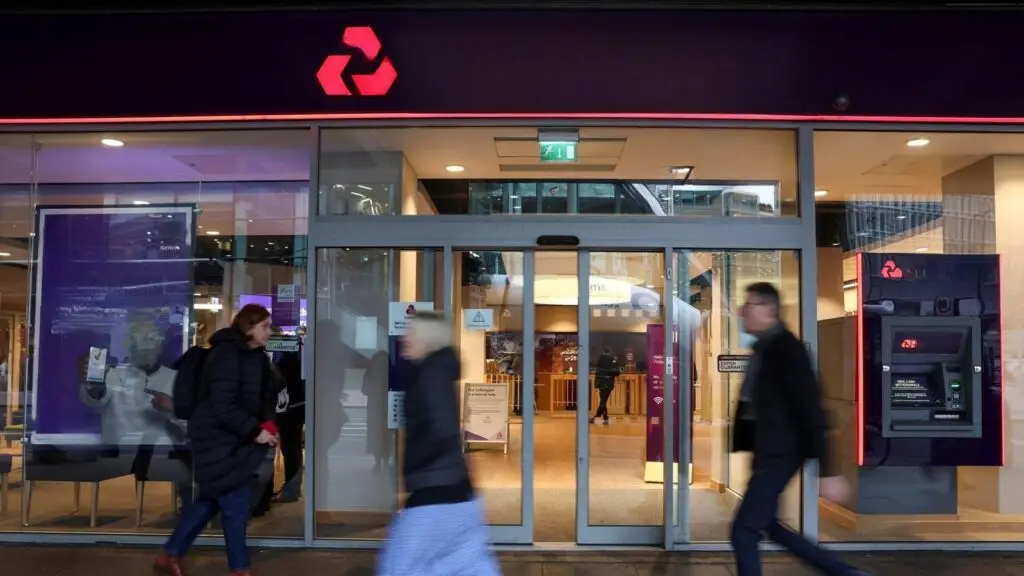One year after a significant debanking crisis, NatWest shows promising signs of recovery. The bank has reported strong financial performance for the first half of 2024, despite a slight decline compared to the previous year.
Meanwhile, strategic acquisitions and improved customer trends have positioned NatWest favourably. The bank aims to return to full private ownership, boosted by a more optimistic economic forecast.
Strong Financial Performance
NatWest has showcased a robust financial performance. The bank reported an operating profit before tax of £3 billion for the first half of 2024. While this is a decline of almost 16% from the previous year, it met expectations amid intense market competition.
NatWest’s net interest margin (NIM) fell to 2.07% from 2.23% over the same period. However, the NIM for the three months ending in June was 2.1%, surpassing the earlier quarter’s 2.05%. This unexpected uptick provided a pleasant surprise for investors.
Another noteworthy point is the fall in impairments against loans. These dropped to £48 million from £223 million last year. Return on tangible equity (RoTE) stood at 16.4%, down from 18.2% last year, but still ahead of expectations. This figure was also better for the three-month period ending in June compared to the first three months of 2024.
Strategic Acquisitions
NatWest is very much in expansion mode. It recently acquired a £2.5 billion portfolio of 10,000 household mortgages from Metro Bank, paying up to £2.4 billion in cash.
Barely a month prior, NatWest agreed to buy most of Sainsbury’s Bank. This deal brought in around one million new accounts and a £2.5 billion book of unsecured loans. These acquisitions indicate a bank that is focused on growth.
Paul Thwaite, the new CEO, mentioned the acquisitions boost earnings per share in the first year and contribute to immediate returns for shareholders. He dismissed suggestions that these are defensive moves, emphasising they are strategic growth decisions.
Customer and Market Trends
NatWest serves 19 million customers. It saw an increase of 200,000 new customers recently.
There was a rise in the bank’s share of the credit card market from 8.5% to 9%. The bank also witnessed a growth in deposits by £6 billion and lending by £3 billion in commercial banking.
According to CEO Paul Thwaite, customers are adjusting to higher mortgage rates. Additionally, CFO Katie Murray reported that gross new mortgage lending was up 20% for the three months ending in June, but overall mortgage balances fell by £0.8 billion due to redemptions.
Operational Efficiencies
NatWest is working to increase productivity. The number of telephony channels used has been reduced from 20 to five.
The bank is also shutting down one of its three strategic hubs. Despite facing challenges, these moves indicate a focus on operational efficiency.
Shares in NatWest rose by over 6%, bringing the market value to £28.2 billion. The half-year dividend saw a 9% increase, contributing to investor confidence.
Economic Outlook
The UK’s economic performance has exceeded expectations this year. This improvement has positively impacted consumer and business confidence.
NatWest has revised its profit forecasts, expecting a modest GDP growth, stable unemployment rates, and low inflation.
According to CFO Katie Murray, interest rates are expected to start declining soon. Five rate cuts are anticipated next year, moving from the current 5.25% to 3.5% by the end of 2025.
Government Stake and Future Prospects
One notable issue was the £24 million hit due to the planned sale of the government’s remaining stake in NatWest. This sale was suspended following the announcement of an early general election.
The government’s stake is now 19.97%, down from a peak of 84.9% in 2009. The sale to institutional investors is anticipated soon, with an update expected from the new Chancellor, Rachel Reeves.
CEO Paul Thwaite believes returning NatWest to private hands benefits all shareholders. The focus will continue on expanding non-net interest income and fee income.
In conclusion, NatWest’s resurgence over the past year is marked by significant growth and strategic moves. The bank’s robust financial performance and focus on expansion reveal a promising outlook. As it continues to navigate the evolving economic landscape, NatWest stands poised to return to full private ownership, benefiting its shareholders.

